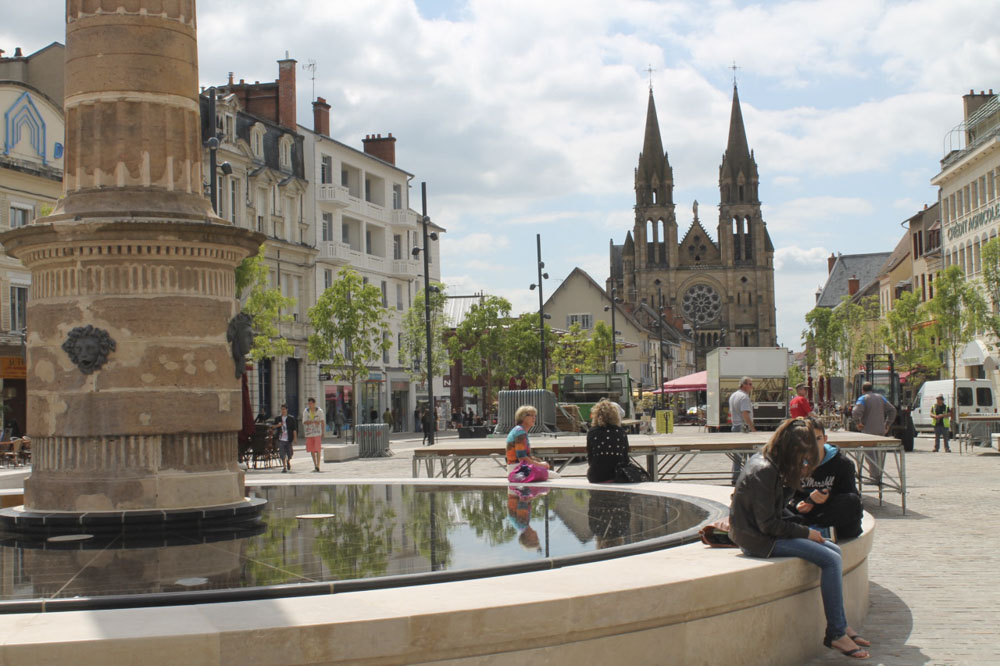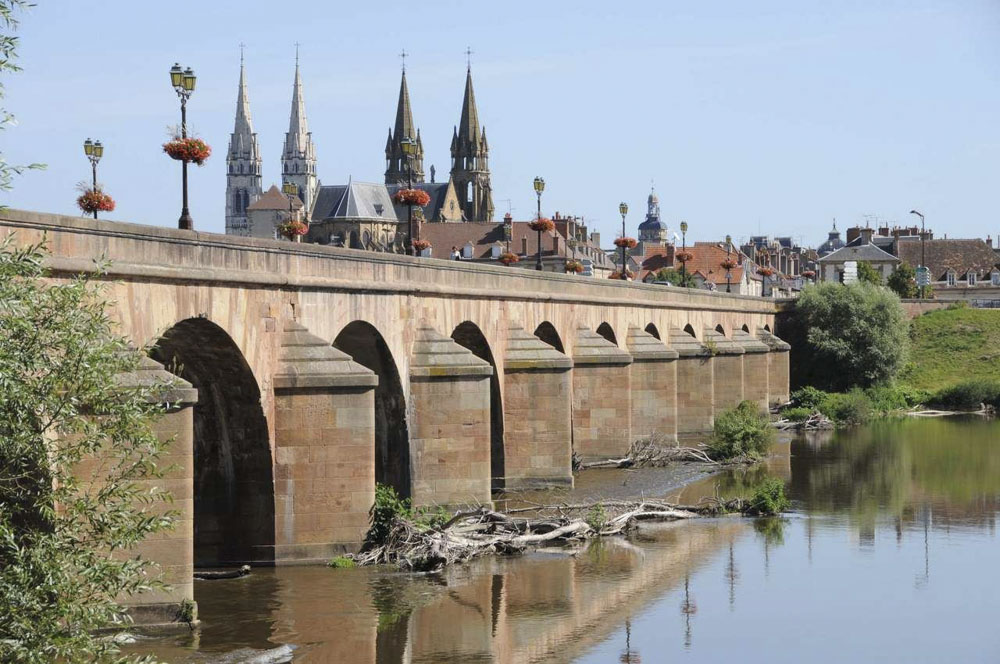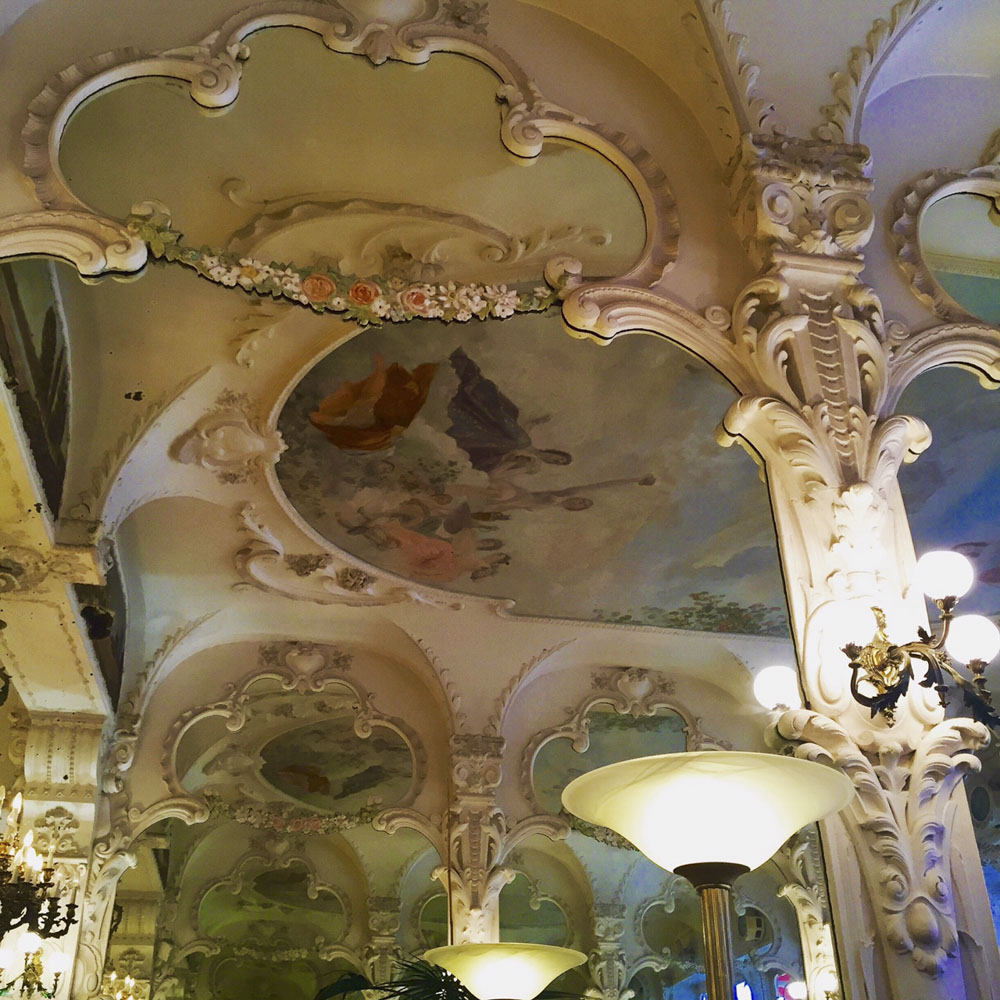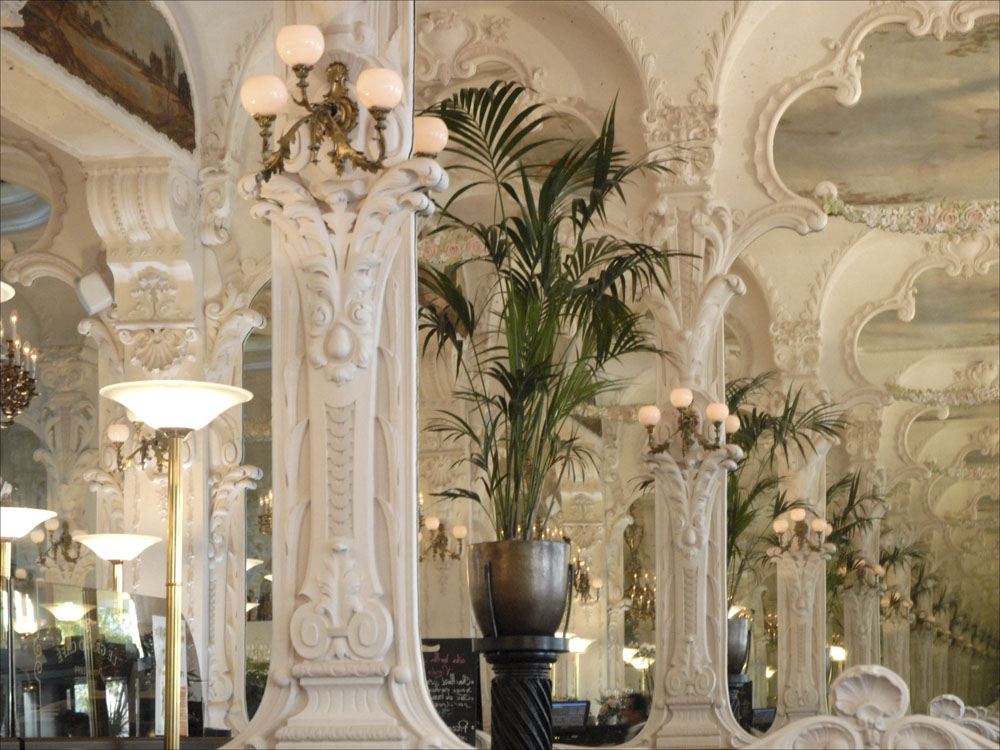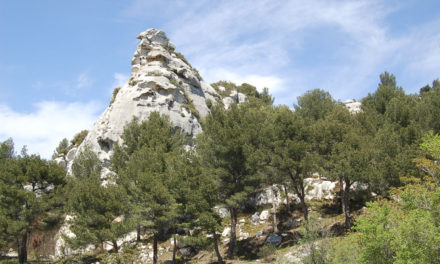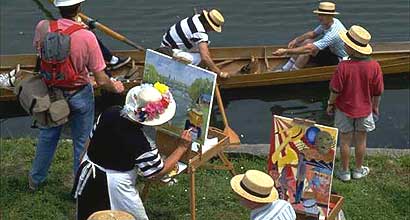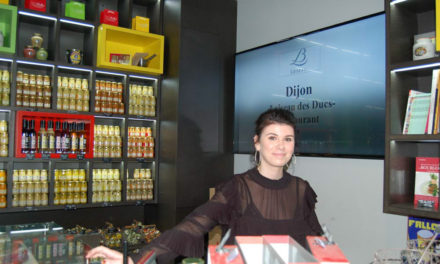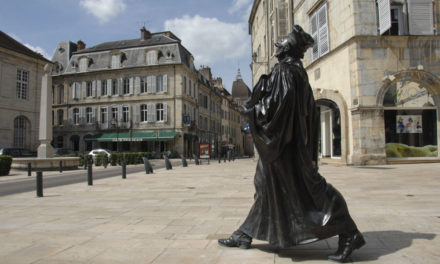Moulins, drowsing quietly on the banks of the Allier river, is capital of the Bourbonnais, a land of rich green pastures, greatly favoured by the Bourbon kings who once ruled much of Europe. It is a relaxed and pleasant town with most of the sights within easy walking distance of the centre. On Friday a huge market takes over the streets. At its heart is the flamboyant gothic Cathedral of Notre Dame which has incredible stained glass windows dating from the 15th and 16th century. The cathedral houses a rich treasury of crucifixes, reliquaries and paintings, the most celebrated of which is the Triptyque of the Maitre de Moulins. This 15th century Gothic masterpiece painted on wood and beautifully preserved, depicts the Vierge de l’Apocalypse, Mary and Jesus, against a glowing background of sun and rainbow.
Book a Hotel in Moulins
The Jacquemart Belfry
Museums
Centre National du Costume
Copyright text : Informationfrance

